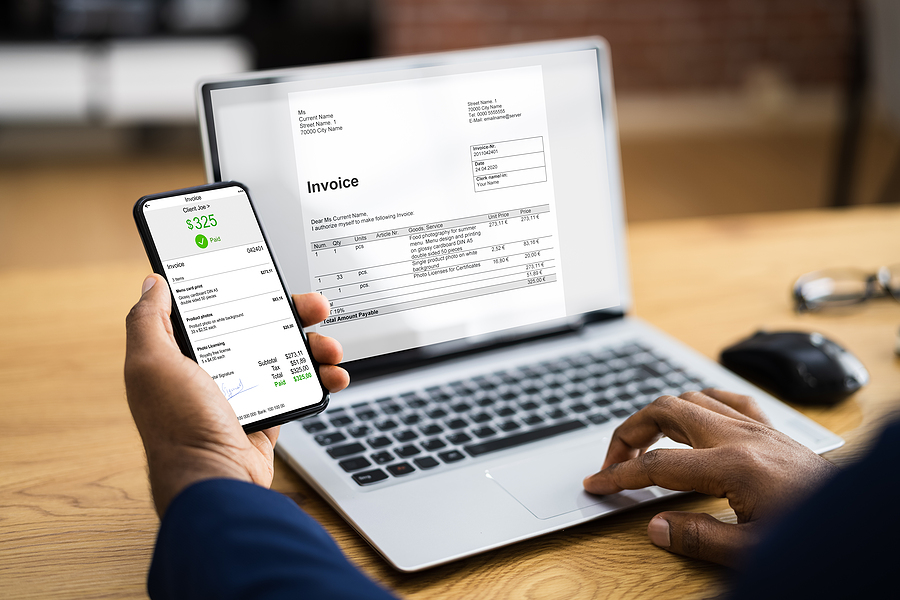As a business owner, you need effective accounts receivable management strategies to ensure prompt customer payment. Good processes and practices will help you maintain a healthy cash flow, provide better customer service, and maximize financial results. In this blog post, we’ll explore the best practices that can be implemented to strengthen your accounts receivable management.
From billing invoices quickly and accurately to promptly following up on overdue payments, we’ll discuss how incorporating these principles into your operations can help keep clients satisfied while improving money collections for your business.
What Is Accounts Receivable Management?
Accounts Receivable (AR) management is critical to running a business. It refers to tracking money owed by customers and ensuring that payment is received promptly. This can involve providing invoices, issuing regular statements, and following up on any overdue payments.
Utilizing an effective AR system helps manage short-term cash flow, accurately predict future income, and safeguard your company’s bottom line. The timely collection of receivables improves the business operation’s functioning and its reputation with customers. In addition, reducing delinquency will help ensure a more sustainable credit policy in the long run.
Best Practices to Improve Your Accounts Receivable Management
- Set Clear Terms and Conditions
It’s important to have clear terms and conditions for accounts receivable — including payment due dates, payment methods, and acceptable forms of payment — that are communicated to customers promptly.
- Monitor Account Balances Regularly
Managers should monitor account balances regularly to ensure payments are received on time and any problems or discrepancies are identified early. Tracking customer purchases allows you to avoid over-extensions of credit and maintain healthy cash flow.
- Automate Billing Processes
Automating billing processes can dramatically reduce the time required to process payments and simplify accounts receivable management processes. This includes using modern software applications such as invoicing, online payments, and tracking tools.
- Offer Flexible Payment Options
Offering customers multiple payment options can increase the likelihood that they will pay on time. This may include credit cards, wire transfers, checks, or automated bank payments.
- Establish Credit Limits
It’s important to establish credit limits for customers to ensure cash flow stability and protect your business from bad debts.
- Follow Up on Late Payments Promptly
Following up on late payments promptly is key to improving accounts receivable management services. It allows you to identify potential issues before they become major problems affecting cash flow.
- Negotiate Payment Plans
When a customer has difficulty with timely payments due to financial hardship or other reasons, it can be helpful to negotiate a payment plan that works for both parties.
- Utilize Effective Collection Strategies
An effective collection strategy can help you maximize cash flow by ensuring payments are received on time and any problems or discrepancies are identified early. This should include regular follow-up calls, emails, and other methods of communication with customers who have overdue payments.
- Implement A Professional Invoicing System
Establishing an efficient invoicing system is essential for accounts receivable management as it ensures accurate billing records, simplifies billing processes, and reduces the time required to process payments.
- Liaise with Other Departments
It’s important to liaise with other departments such as sales and customer service to ensure that any customer concerns are addressed promptly, and any discrepancies or misunderstandings are resolved quickly.
How To Avoid Accounts Receivable Mistakes?
- Establish and Enforce Clear Payment Terms
There are some key steps organizations can take to ensure accurate accounts payable outsourcing and avoid costly mistakes. One should start with being transparent. Setting up a clear billing system with detailed payment terms will ensure that customers know exactly how much they owe when the payment is due, and what methods of payment they accept.
- Automate Processes Whenever Possible
Automating invoice processing, reminders, customer outreach and other common tasks can streamline your accounting process and reduce potential human errors.
- Monitor Collection Performance Regularly
Regularly reviewing outstanding invoices and acting on overdue payments will keep your cash flow steady and help prevent any losses resulting from unpaid bills.
- Implement A Dispute Resolution Process
Setting up a system for resolving customer disputes quickly and efficiently can help reduce misunderstandings and prevent costly payment delays.
- Train Staff on Accounts Receivable Policies
Ensuring that your team is aware of the proper procedures and processes will make sure they are properly equipped to handle any accounts receivable issues that arise. By taking these steps, organizations can ensure their accounts receivable management is accurate and consistent – leading to more efficient collections and better cash flow.

- Utilize Technology
Many software solutions available today can streamline invoicing, payment tracking, customer outreach, payment collection and other important tasks related to managing accounts receivables. Investing in the right tools and systems can dramatically reduce errors and improve overall efficiency.
Organizations can ensure accurate accounts receivable management and avoid costly mistakes by implementing these strategies. Taking the time to review policies regularly and train staff on proper procedures will help create a more efficient process that leads to better cash flow.
The Conclusion
If you’re looking for ways to improve your accounts receivable management, consider implementing some of the best practices we’ve outlined in this blog post. From automated invoicing and payments to staying on top of collections, these tips will help you get paid faster and improve your cash flow. Do you have any other tips for improving accounts receivable management? Please share them with us in the comments below!
Image Source: BigStockPhoto.com (Licensed)
Site Disclaimer
The Content in this post and on this site is for informational and entertainment purposes only. You should not construe any such information or other material as legal, tax, investment, financial, or other advice. Nothing contained on our Site constitutes a solicitation, recommendation, endorsement, or offer by HII or any third party service provider to buy or sell any securities or other financial instruments.
Nothing in this post or on this site constitutes professional and/or financial advice. You alone assume the sole responsibility of evaluating the merits and risks associated with the use of any information or other content in this post or on this site.
You recognize that when making investments, an investor may get back less than the amount invested. Information on past performance, where given, is not necessarily a guide to future performance.
Related Categories: Work, Reviews






